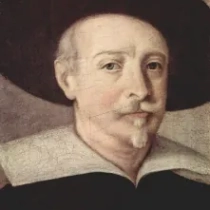 1601 - 1650
baroque
1601 - 1650
baroque
Description Guido Reni
Guido Reni, born on November 4, 1575, in Bologna, Italy, became a luminary of the Baroque era, renowned for his emotionally charged and ethereal paintings. His artistic journey unfolded against the backdrop of Counter-Reformation fervor, and Reni's ability to infuse his works with a harmonious blend of emotion and classical beauty set him apart.
Reni's early training under the Carracci brothers in Bologna laid the foundation for his artistic style. However, his departure from the Carracci Academy signaled a desire to carve his own path, eventually leading him to Rome, where he immersed himself in the city's rich artistic milieu.
In Rome, Reni's artistry blossomed. His adept use of chiaroscuro, evident in works like "The Crucifixion of Saint Peter," conveyed a dramatic intensity. Reni's penchant for imbuing his figures with idealized beauty, seen in pieces like "Atalanta and Hippomenes," reflected the influence of Raphael and the classical tradition.
A significant turning point in Reni's career was his commission to decorate the dome of the Chapel of Saint Andrew in the Quirinal Palace. The frescoes, showcasing scenes from the life of Saint Andrew, displayed Reni's mastery of composition and ability to capture celestial grace.
While Reni's early success brought prestige and patronage, his later years were marred by personal and financial challenges. Despite these struggles, he continued to produce remarkable works, including "Aurora," a celestial allegory that remains one of his most celebrated paintings.
Guido Reni passed away on August 18, 1642, leaving behind a legacy that influenced generations of artists. His ability to marry emotion with classical ideals, coupled with his impact on the Roman Baroque, solidified his place as a key figure in the evolution of Italian art. Reni's legacy endures not only in his masterful brushstrokes but in the enduring emotional resonance of his paintings, which continue to captivate and inspire admirers of Baroque art.
Gallery
Paintings Guido Reni
Quotes
The principal concerns of painters are the quality and nature of the expression.
It is not enough to possess a talent, but one must also apply it and use it, as you do not study to master it.
Painting is the music of the blind, and music is the painting of the deaf.
A work of art which did not begin in emotion is not art.
He who wishes to be a master must first be a scholar.
F.A.Q Section
"Aurora" (1613–1614): A celebrated fresco depicting the goddess of dawn, which is considered one of Reni's masterpieces.
"Saint Michael the Archangel" (c. 1635): A powerful depiction of the archangel Michael vanquishing Satan.
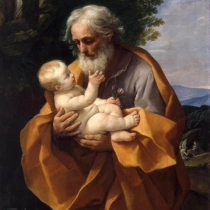
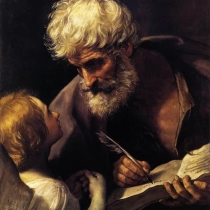
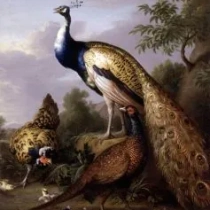
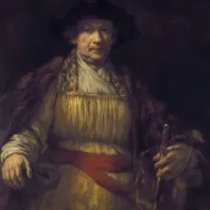
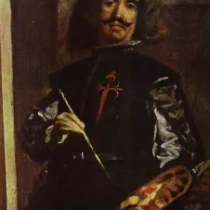
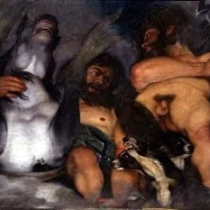
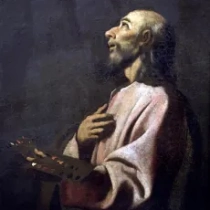
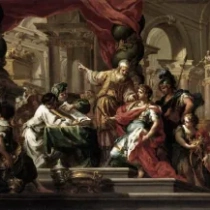
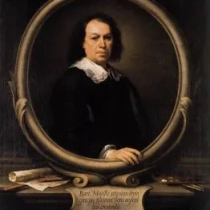
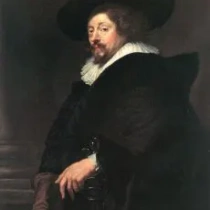

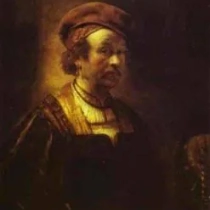
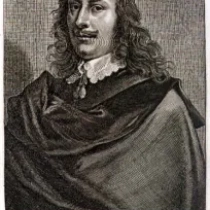
No Comments Yet...